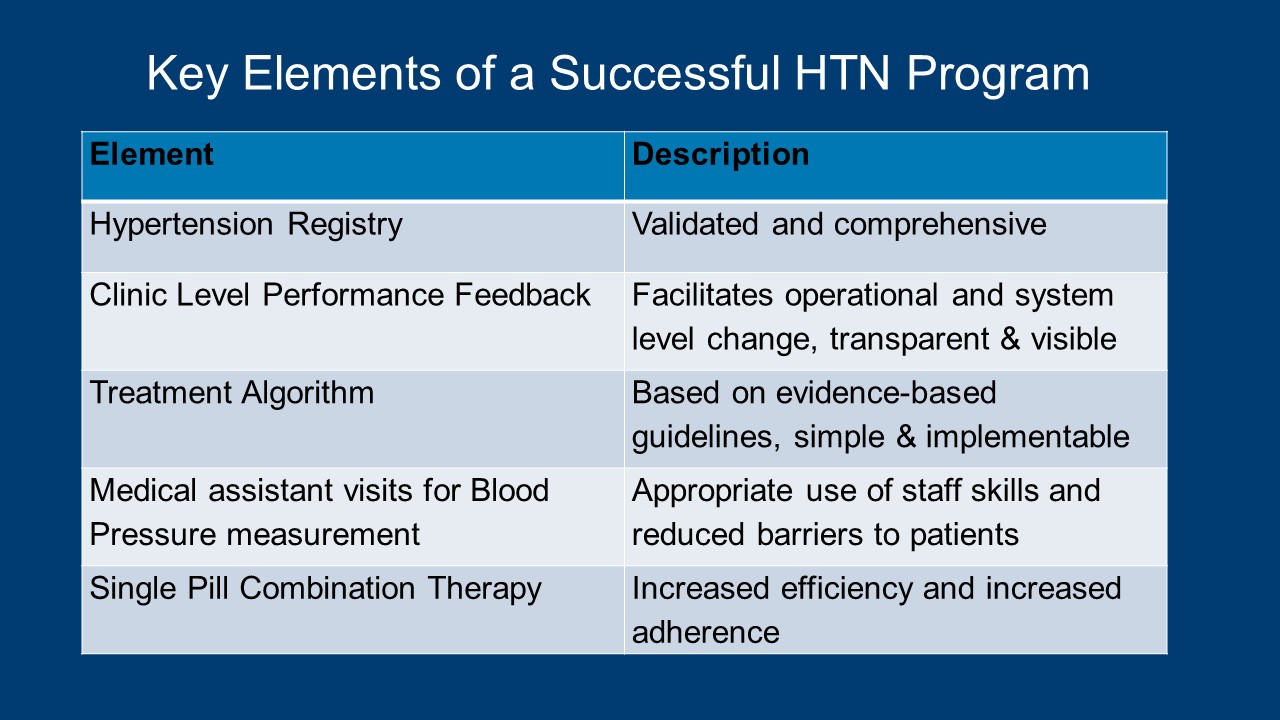Population Health: Case Study in Diabetes and Hypertension Management
In the February session of the series Integrated Health Care in Action, KP International presented Population Health: Case Study in Diabetes and Hypertension Management. The webinar series continues monthly through June, and international health care leaders are invited to join.
The Kaiser Permanente Center for Total Health hosted our session on their innovative virtual platform. Take a virtual tour of the Center here.
In this session, Marc Jaffe, MD, one of the creators of Kaiser Permanente’s groundbreaking PHASE program, presented on his experience and the lessons learned when implementing this approach.
What is PHASE, and how is it implemented?
PHASE, which stands for Preventing Heart Attacks and Strokes Everyday, is a comprehensive population management program to control cardiovascular risks for diabetic and other high-risk patients. Since its inception, PHASE has continually shown success in managing blood pressure, lipids, and blood sugar levels. In addition to using PHASE within our own system, Kaiser Permanente has provided funding and clinical expertise to selected health care safety net partners to translate and implement PHASE in community-based care settings.
According to Dr. Jaffe, PHASE can be summarized in 3 essentials: the patient registry, the treatment algorithm, and the clinical feedback loop.
The first step is to understand the scope and scale of the problem: Who are we responsible for providing care for, and what are these patients’ health conditions? From this data, a patient registry (for example, for hypertension) can be created, and care gaps can be identified and monitored over time.
The second step is the drug treatment algorithm designed to lower cardiovascular risk. The protocol should be simple, implementable, and grounded in evidence-based guidelines. In population health, Dr. Jaffe explained, patient monitoring can follow a safety net approach, rather than a traditional referral model. As data is increased and refined, care teams can create custom queries, looking for patients who have not met specific health criteria, and refine the treatment strategy accordingly. While the physician determines specific treatment protocols, the rest of the care team is empowered to help care for the patient population by task-sharing among nurses, pharmacists, medical assistants, and health educators.
Finally, Dr. Jaffe covered the clinical feedback loop, which has annual quality goal targets and may involve unblinded medical center performance reports.
The PHASE program’s initial success in reducing hypertension on a large scale has led to the identification of successful practices. Similar strategies were applied to care for the diabetes population.
For more information, check out these resources:
- PHASE improves heart and stroke risks for those with diabetes
- Improved Blood Pressure Control Associated With a Large-Scale Hypertension Program
- Improved Cardiovascular Risk Factors Control Associated with a Large-Scale Population Management Program Among Diabetes Patients
- Improving the Quality of U.S. Health Care — What Will It Take?
- Diabetes patients who use online tools manage disease better
Join our mailing list and stay current! Health care leaders based outside the U.S. who are looking to drive transformation in their health system can subscribe for occasional news about Kaiser Permanente research and KP International programs. We do not share your data, and you can unsubscribe at any time.




